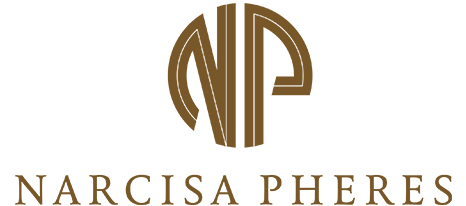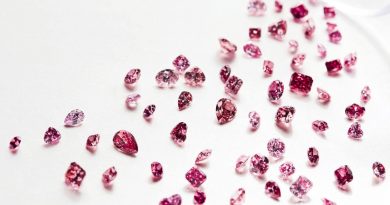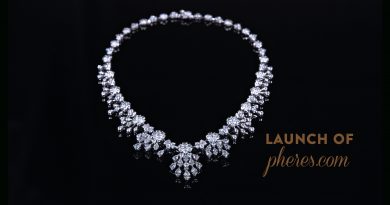How Technology Advancement Is Shaping The Jewelry Industry
How Technology Advancement Is Shaping The Jewelry Industry
Over the last few years, the jewelry industry has been in a rapid global evolution phase as specialists find a way to merge conventional methods of operations in a contemporary set-up. Technology has become an integral part of our lives. We rely on various technological instruments and systems to support our work and make the process more efficient. Similarly, technology has helped heritage and up-and-coming jewelry brands to create a stronger market presence via their communication, product and services.
With modern technology, we have seen an incredibly transformation in the jewelry industry – from e-commerce platforms, mining / sourcing, cutting, computer graphic, laser inscription, cloud solutions to customer experience. The effect of technology is unparalleled and caused a shift in the backend and frontend of the jewelry business. For suppliers, manufacturers, designers and brands it has become essential to implement and develop these technologies to stay relevant in the competitive market.

Laser technology has been pivotal in the way it has changed jewelry trends. While laser technology has been existent for a long time, the recent advancement has brought new solutions. Laser technology is extensively used for engraving, cutting and adding inscription details to jewelry. In fact, laser technology has taken jewelry artistry and craftsmanship to the next level. Due to advance laser cutting techniques, many new and very intricate shapes are now available on the market and also new cuts are being launched every year. The smallest and most intricate details can be achieved due to the precision of the machinery.
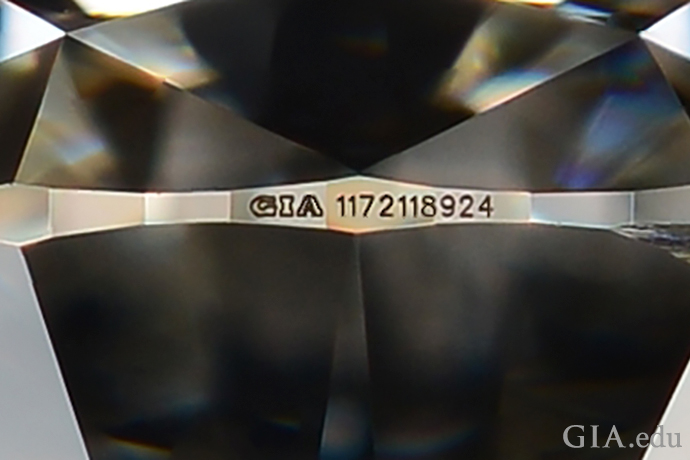


The enhancement of artificial intelligence (AI) and machine learning has shown developments in the way the jewelry industry analyzes its trends. AI enhances the functionality aspect of jewelry buying. Having a software machine that analyzes and collates data from online websites and customer engagement has enabled industry leaders to predict jewelry trends such as, color, shape and design for the upcoming season. Furthermore, AI helps brands understand customer preference based on the algorithm, allowing personalized recommendations, offers easy-access to jewelry items based on user demographic, psychographic and geographic. AI also improves the client-brand relationship by understanding client emotions and sentiments to adjust product management strategies accordingly.
Luxury brands are embracing the realm of the digital age by creating engaging online experiences that align with their customer’s value and characteristics. With the help of advanced algorithm, businesses have the ability to pioneer their way to meet the needs of a modern-day consumer.
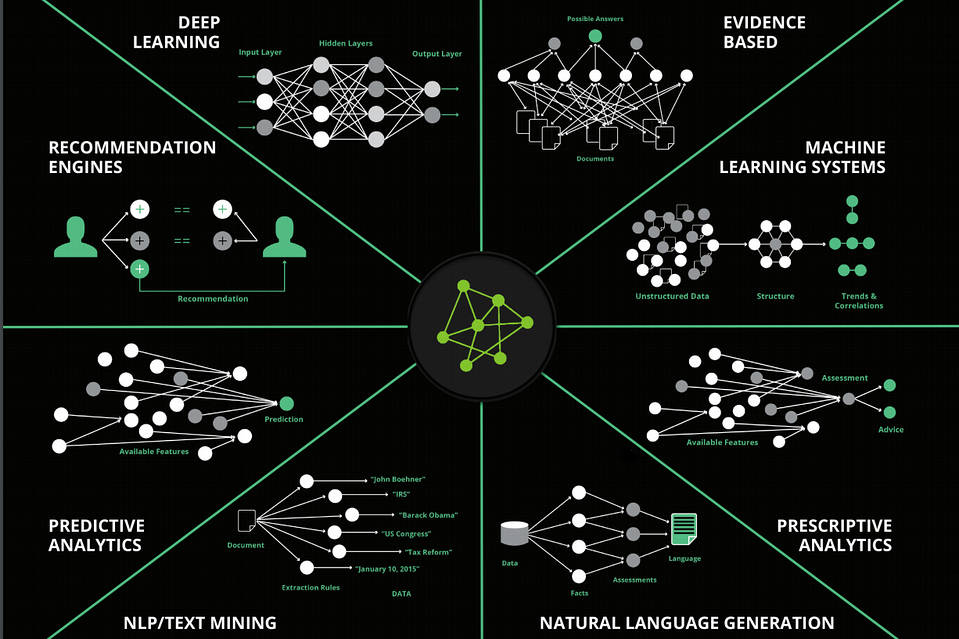

The concept of virtual reality blends with augmented reality (AR). It allows users to engage with brands and their products or services directly from their smartphone by blending artificial elements in real-world environments.
AR has been a game-changer for the jewelry industry. It has allowed brands to leverage on the potential of making their jewelry reach a larger demographic by offering customers unique and engaging experiences. AR along with machine learning introduced virtual try on jewelry software were customers could “try before buy”. A customer could view and try on jewelry to see how it looks on the wearer virtually from the comfort of their home. This enables customers to share images with their friends and family for suggestions, personalize their ornaments, chat with a support executive / stylist at any time and check out immediately after trying. The presence of AR in jewelry has helped reduce the thinking and buying decision time of customers as they could get an overall idea before purchasing.
Brands are able to deliver top-notch experiences to customer, as well as engrain a deeper knowledge of the product. This helps strengthen brand awareness. AR is able to transform collection catalog pieces into 3D animated models – this lets merchandisers and consumers generate a realistic sense of the collection.
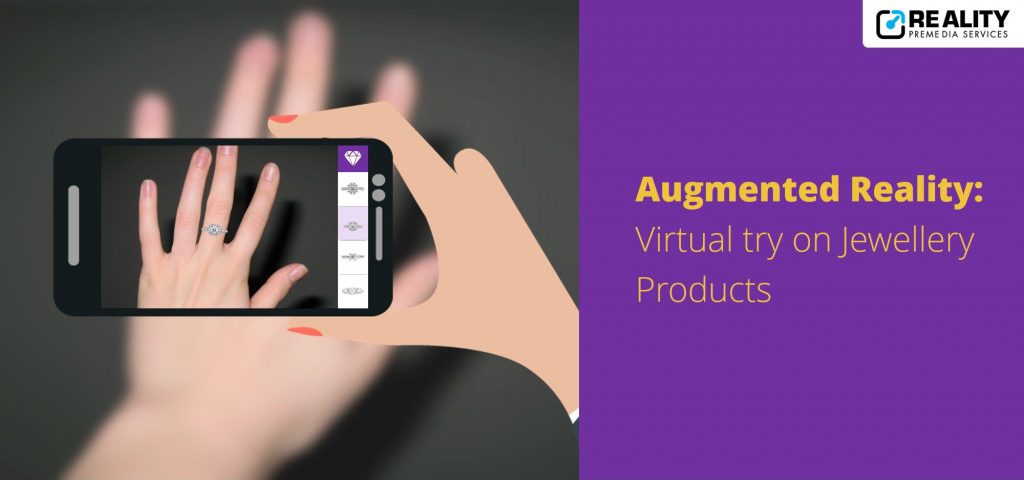
Technology will continue to revolutionize several aspects of the jewelry industry. As technology and jewelry become more integrated, the product portfolio of the industry will diversify and strengthen. Utilizing technology with existing practices will be a key to succeeding in the new era of the jewelry industry. Similarly, balancing design and technology in the rapidly changing market dynamics will be a challenge the industry will need to face.
Cover Image Courtesy: Robotic Industries Association

